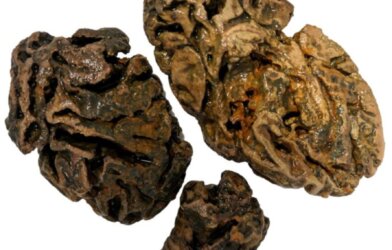Recent research published in the journal Cell Reports Method, describes the application of an algorithm that will improve the treatment of neurodegenerative disorders by DBS.
DBS is a type of therapy that delivers electrical pulses to the brain of individuals suffering from the physical symptoms of Parkinson’s as well as psychiatric conditions such as obsessive-compulsive disorder. The pulses, delivered by implant, can ease these symptoms as well as relieve chronic pain.
Until now, treatments using DBS devices have been limited because they are not adaptive to change in disorder-related brain signals. Any stimulation activity change that is necessary must be manually done by a doctor when a patient’s condition evolves.
The senior author of the study, biomedical engineer David Borton, PhD, discussed the goals of tracking the electrical signals in the brain associated with the disease in order to automatically adjust neuromodulation stimulations, but how the device itself puts off its own electrical artifacts that make it difficult to track.
The algorithm discovered enables the identification of the artifacts put off by the device and removes them so that only the signals from the brain are recorded. The algorithm is called Period-based Artifact Reconstruction and Removal Method and is possible because the artifacts are a direct result of the device and therefore are regular across the devices many uses.
PARRM was tested across simulations, animal, and human subjects and in all cases, “PARRM successfully separated signals from artifacts across a range of frequencies.”
The researchers wrote that PARRM would be an inexpensive application that is compatible with existing DBS devices and the result would be “an adaptive system” that will “ultimately enable a closed-loop therapeutic system.”












Comments